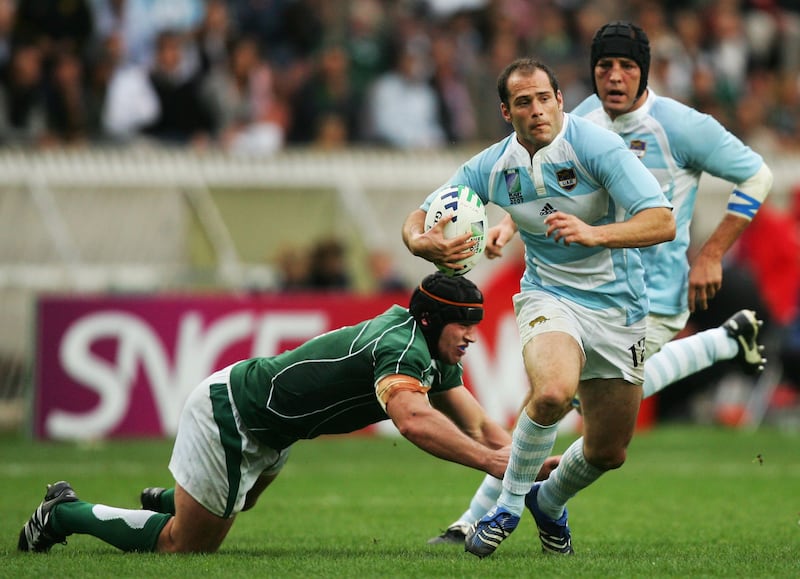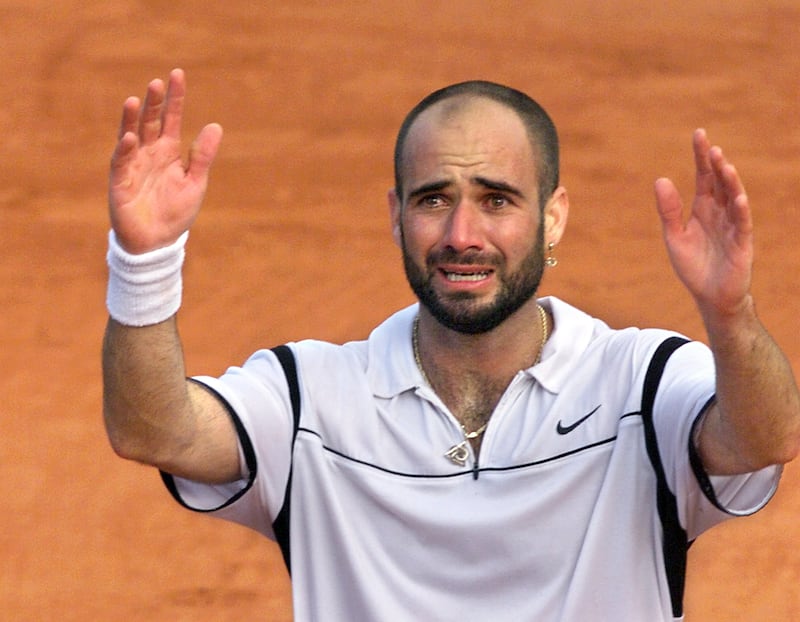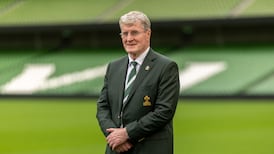Nostalgia prompted me to seek out Villa Escudier, a short walk from the Boulogne Jean Jaurès metro station in the 16th arrondissement, where I spent 4½ weeks while covering the 2007 Rugby World Cup in France.
The hotel comprised of 18 one-bedroomed studio apartments with a striking exposed brickwork façade that encircled a courtyard garden, immaculately kept and resplendent in colour, set back and secreted from the hustle and bustle of the busy boulevards to offer a haven of tranquillity.
My lodgings, though, were in a third-floor apartment on the nearby Rue de Tilleuls, which belonged to the owners of Villa Escudier, Hugues and Vera Saint Guilhem, but I had access to the gardens and facilities of the hotel.
I didn’t so much check in as undergo an interview by Madame Saint Guilhem in what was more like a livingroom than a lobby in decorative terms as she established the “who and why” of my visit to Paris. Satisfied, or appearing to be so at least, she proved to be a most hospitable host, thoughtful and generous.
READ MORE
Exposed to that personal touch, it wasn’t a surprise to learn that for two weeks in late May and June every year Villa Escudier became a home from home for tennis players competing in the French Open at Roland Garros, less than a kilometre away. Anecdotally three-time men’s singles champion Brazil’s Gustavo Kuerten was reputed to have stayed there when he won his first title in 1997.

Parc des Princes, where a beleaguered Ireland team would crash out of the 2007 World Cup at the pool stage for the first time ever following a defeat to Argentina, was a brisk 10-minute walk, while the commute to French horse racing mecca Longchamp could be undertaken by car in a similar timeframe.
The rue Escudier contained the French staples of daily living in shopping terms – a boulangerie, patisserie, fromagerie, magasin, café and bar/restaurant – while around the corner on boulevard Boulogne Jean Jaurès there was a mid-sized supermarché.
On Metro line 10 the commute to Paris’s main train stations was relatively straightforward to facilitate chasing the World Cup matches the length and breadth of France. The hotel’s proximity to Parc des Princes was a factor in choosing to stay there but arguably so too the tennis connection.
The Irish Times had sent me to the French Open tennis championship in 1999 and it proved to be a memorable Grand Slam for many reasons, famous and infamous. Andre Agassi came from two sets down against Russia’s Andrei Medvedev to win in five, his fourth Grand Slam title of eight, thereby completing the box set of Australian, French, Wimbledon and US Open singles wins.

Playing in the women’s singles final was Agassi’s future wife, Steffi Graf, whom he married two years later. She was opposed by Martina Hingis, the “Swiss Miss” as she was known for her occasionally volatile behaviour, the 18-year-old world number one, and the dominant force at the time with a staggering five singles Slam titles.
Bedevilled by injury, Graf hadn’t won a Grand Slam in three years. Hingis, precocious on court, was forthright in expressing herself off it, sometimes immature and ill-judged, like when describing French player Amélie Mauresmo, who she had beaten in the Australian Open final earlier in the year, as “half a man”, or suggesting that tennis had evolved into a faster more athletic game than the era in which Graf had dominated in winning 21 Grand Slam singles titles.
Leading by a set and 2-0 Hingis petulantly queried a call, then committed the faux pas of walking around the other side of the net, which is not permitted, and for the rules transgression she conceded a penalty point.
She sat in her chair and refused to budge and only the threat of disqualification following the arrival of tournament referee Gilbert Ysern persuaded her to resume. The majority of the 16,000 spectators turned on Hingis, baiting her mercilessly with boos and catcalls as they cheered on her emotional and physical disintegration.

Graf triumphed in three sets, the 22nd and last Grand Slam singles title as she retired that August. Hingis, who had fled the court in tears, was only persuaded to return in the arms of her mother, Melanie, for the presentation ceremony. She never won another Slam singles title and interviewed years later about her meltdown that day admitted “I think I lost my mind”.
The tournament also marked the first Slam doubles crown for the Williams sisters Venus and Serena. A personal highlight from my time in Paris that fortnight would include watching Manchester United come back to beat Bayern Munich 2-1 in the Champions League final. On the basis that the statute of limitations may have expired after 24 years, I may or may not have leaned heavily on the room mini-bar in a solo celebration.
There is no doubt that those tennis recollections have been inspired by the fact that the current Rugby World Cup’s main media centre in Paris is housed in Roland Garros. Rebuilt in 2019 with a retractable roof, the other day I briefly took a seat in an empty Court Phillipe-Chatrier, the principal arena at the French Open, and despite the refurbishment, the sights and sounds of 1999 running ticker tape-like in the mind’s eye.
And as for Villa Escudier, some of the shops are no longer there, extensive building has taken place in the street and there is a new entrance. But beyond the railings it also looked familiar or at least the courtyard garden. Some day over the next few weeks I may go in.















